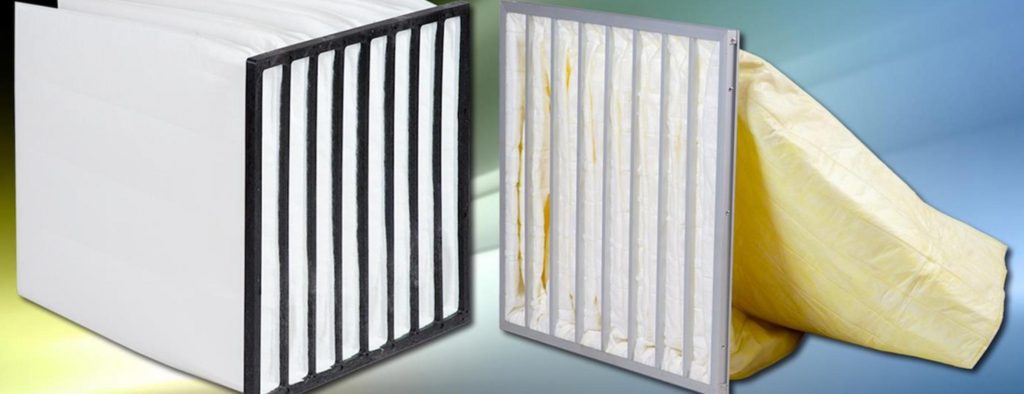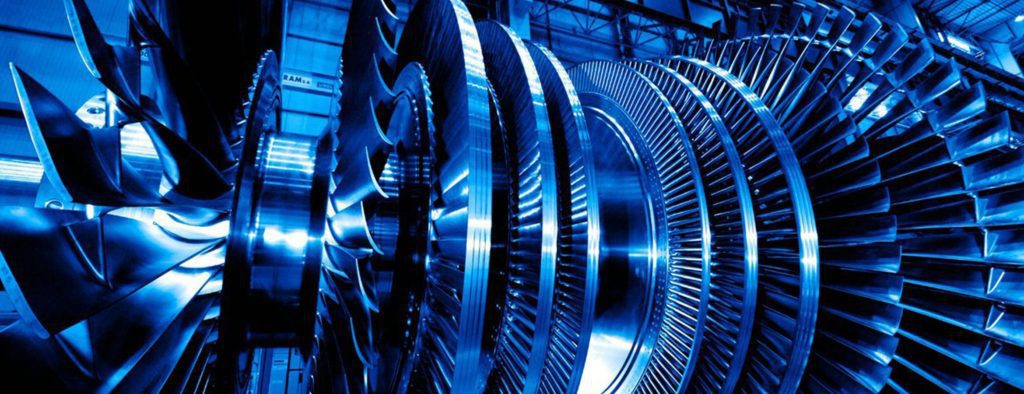The Difference Between Pocket Filters and Bag Filters
The terms bag filter and pocket filter are often used interchangeably – but there is a difference between these two industrial air filters.
Typically, a bag filter has a metal frame (galvanized steel or aluminum) with anywhere from 3-6 pockets of micro glass or synthetic filtration media. The ‘pockets’ of a bag filter are not ‘rigid’ and sometimes have a tendency to collapse in the air stream, especially under high airflow.
Engineered Filtration Systems (EFS) has a soft pocket bag filters which is uniquely designed with an extruded aluminum frame for added durability. In addition, the seams of the pockets are ultrasonically sealed, as opposed to sewn like most bag filters, to prevent leakage and reduce tearing. Bag filters come in a range of efficiencies from MERV 8 to MERV 14.
Rigid Pocket Filters
A pocket filter, also known as a rigid pocket filter, on the other hand is made with a high-loft synthetic media so the ‘pockets’ stay rigid in the airstream and will not collapse. In addition, the frame (also known as the header) of most pocket filters is plastic which eliminates the possibility of corrosion.
Pocket filters can be used to remove both dust and fine particles and have a very high-dust holding capacity.
EFS’s rigid pocket filters come in two efficiencies; the F5 Rigid Pocket Filter is a MERV 8 and the F6 Rigid Pocket Filter is a MERV 11. Depth-loading, synthetic media provides exceptional dust holding capacity. The synthetic media consists of non-shedding fibers that are specially developed to resist moisture and chemicals making it resistant to bacterial growth.
The polyurethane header ensures leak-proof bonding of the pockets to header and eliminates the possibility of corrosion.
All EFS Rigid Pocket Filters are progressively structured and provide exceptionally low pressure drop at high efficiency levels. The air filter pockets are self-supported, stay rigid in any air stream and can withstand extreme humidity and high velocities as well as turbulence. This air filter is free of metal parts and that reduces the risk of corrosion and punctures.
Call Engineered Filtration Systems today for the best commercial rigid pocket air filters.
The Difference Between Pocket Filters and Bag Filters Read More »


